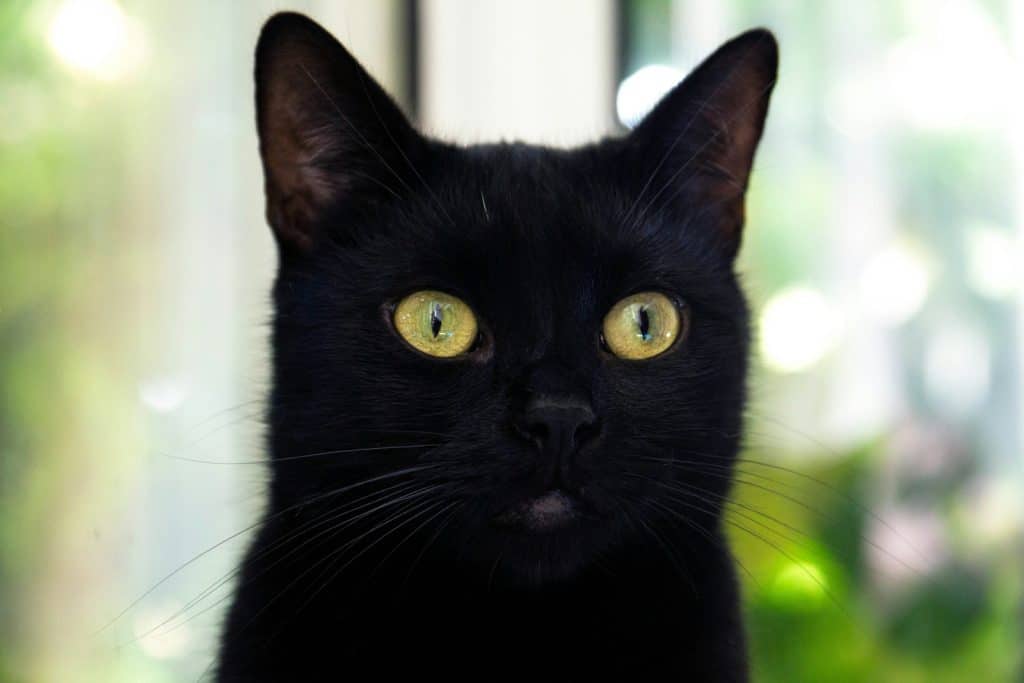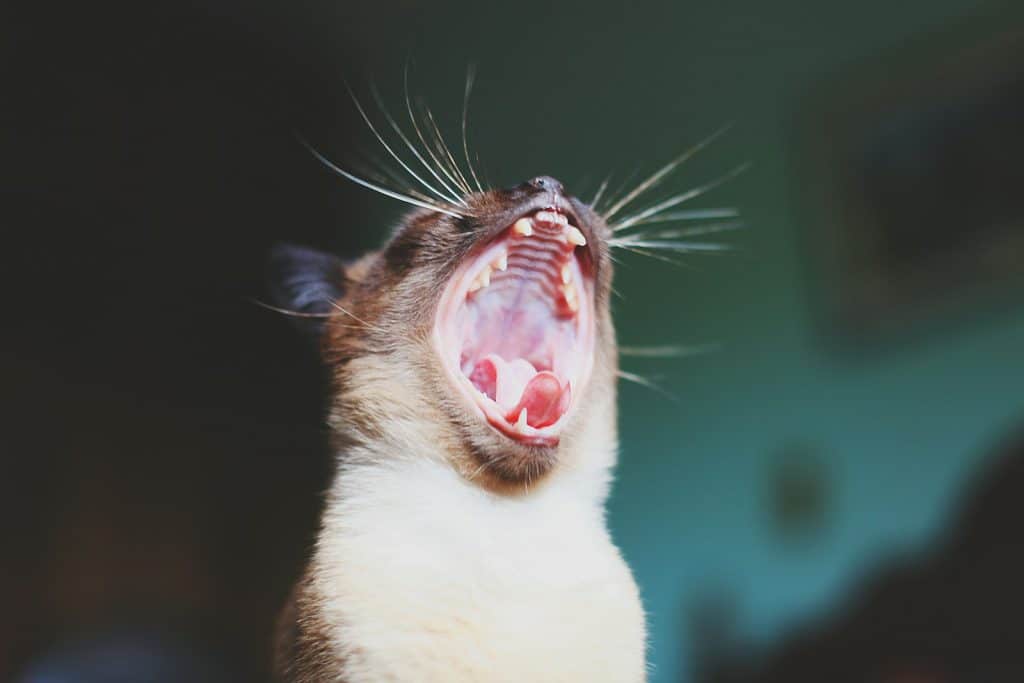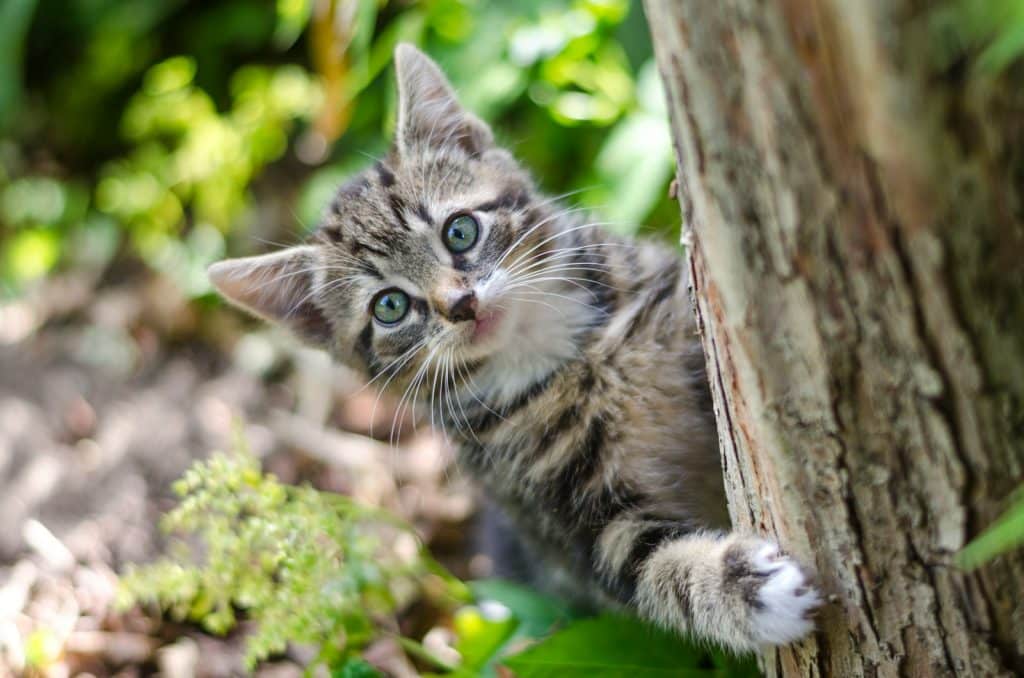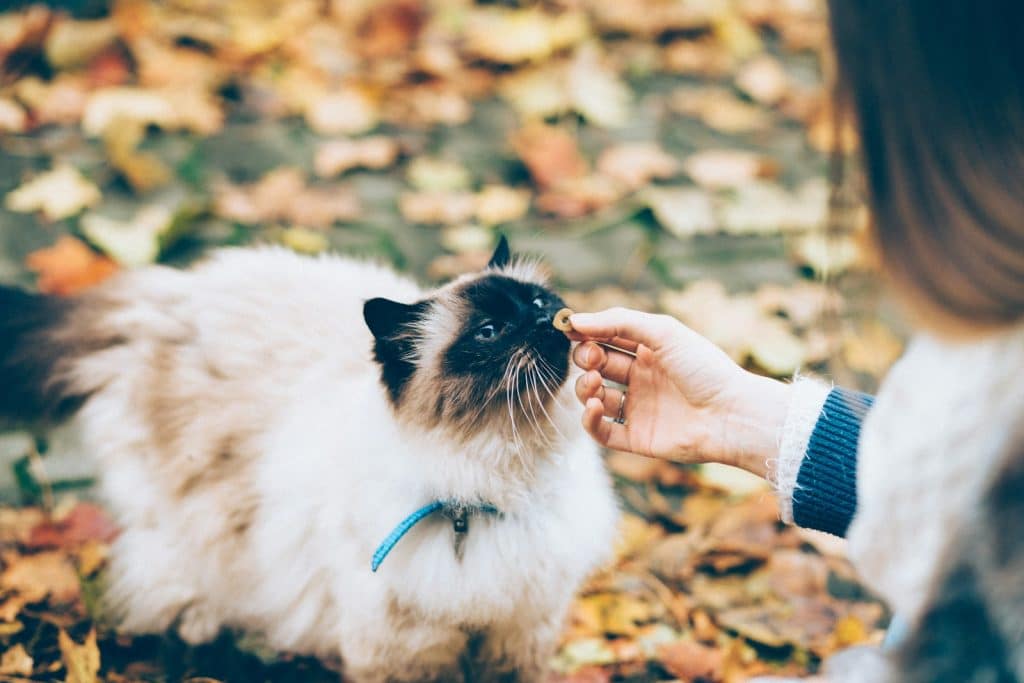Why Do Cats Have Sudden Bursts of Energy? Understanding Your Cat’s Wild Side
If your cat has ever zoomed across the room at lightning speed such Frenzied Behavior of Cats , yowled like they’re in a heated argument with an invisible foe, or engaged in a midnight sprinting spree, you’ve witnessed the quirky, frenetic behavior that leaves many cat owners both amused and confused. Cats are enigmatic creatures, and their body language is far less straightforward than that of dogs or humans. While these sudden “zoomies” or vocalization marathons can be perfectly normal, they may sometimes hint at underlying behavioral or health issues. In this guide, we’ll delve into the reasons behind your cat’s wild antics and explore practical solutions, including Amazon USA product recommendations to address their needs.
Why Do Cats Exhibit Sudden, Frenzied Behavior?
Cats are notorious for their unpredictable moments of chaos. One second, they’re napping peacefully; the next, they’re ricocheting off walls, darting under furniture, or chattering at birds outside the window. These outbursts, often dubbed “midnight crazies,” can disrupt your sleep (especially when your cat decides your face is the perfect launchpad). Let’s break down the possible causes:
1. Predatory Instincts
Your fluffy companion may look like a harmless ball of fur, but beneath that cute exterior lies the heart of a predator. Domestic cats retain many wild instincts, and their sudden bursts of energy often mimic hunting behaviors. Even well-fed indoor cats need to vent their pent-up energy through stalking, pouncing, and “killing” toys. Without an outlet, they may redirect this energy into chaotic sprints or overly vocal protests.
How to Help:
- Engage your cat in daily interactive play sessions to simulate hunting. Wand toys, laser pointers, or feather teasers are excellent for this.
- Rotate toys weekly to prevent boredom.
2. Nocturnal Nature
Cats are crepuscular, meaning they’re most active at dawn and dusk. If your cat spends the day snoozing while you’re at work, they’ll likely recharge by nightfall, ready to unleash their energy just as you’re winding down. This mismatch in schedules can lead to 3 a.m. parkour sessions on your furniture.
How to Help:
- Schedule evening playtime to tire them out before bed.
- Provide self-play toys or puzzles to keep them occupied overnight.
3. Aging and Cognitive Decline
Senior cats (ages 11+) may develop feline cognitive dysfunction (FCD), akin to dementia in humans. Symptoms include disorientation, altered sleep cycles, and uncharacteristic restlessness. If your older cat suddenly races around or vocalizes more, consult a vet to rule out pain or illness.
How to Help:
- Maintain a consistent routine to reduce anxiety.
- Introduce calming aids or vet-approved supplements.
4. Parasites and Skin Irritation
Fleas, mites, or allergies can cause intense itching, prompting frantic scratching, biting, or sudden zooming as your cat tries to escape the discomfort. Check for signs like red skin, bald patches, or “flea dirt” (black specks in their fur).
How to Help:
- Use monthly flea preventives.
- Invest in hypoallergenic grooming products.
5. Feline Hyperesthesia Syndrome (FHS)
This rare neurological condition causes heightened sensitivity, especially along the spine. Affected cats may suddenly groom obsessively, attack their tails, or bolt across rooms. Symptoms often escalate with stress.
How to Help:
- Minimize environmental stressors.
- Consult a vet for anti-anxiety medications if needed.
Is It Zoomies or Aggression? Know the Difference
An energetic cat darting around is usually harmless, but true aggression involves warning signs: hissing, flattened ears, puffed fur, or a lashing tail. Aggression often stems from fear, pain, or territorial disputes and warrants a vet visit to address underlying causes.
Final Tips for Managing Cat Craziness
- Enrich Their Environment: Climbing trees, scratching posts, and window perches let cats indulge natural behaviors.
- Stick to a Routine: Predictable feeding and playtimes reduce anxiety.
- Vet Checkups: Rule out medical causes like hyperthyroidism or dental pain.
Understanding your cat’s antics isn’t just about peace of mind—it’s about ensuring their physical and mental well-being. By providing outlets for their instincts and addressing health concerns early, you’ll foster a happier, calmer feline companion.





